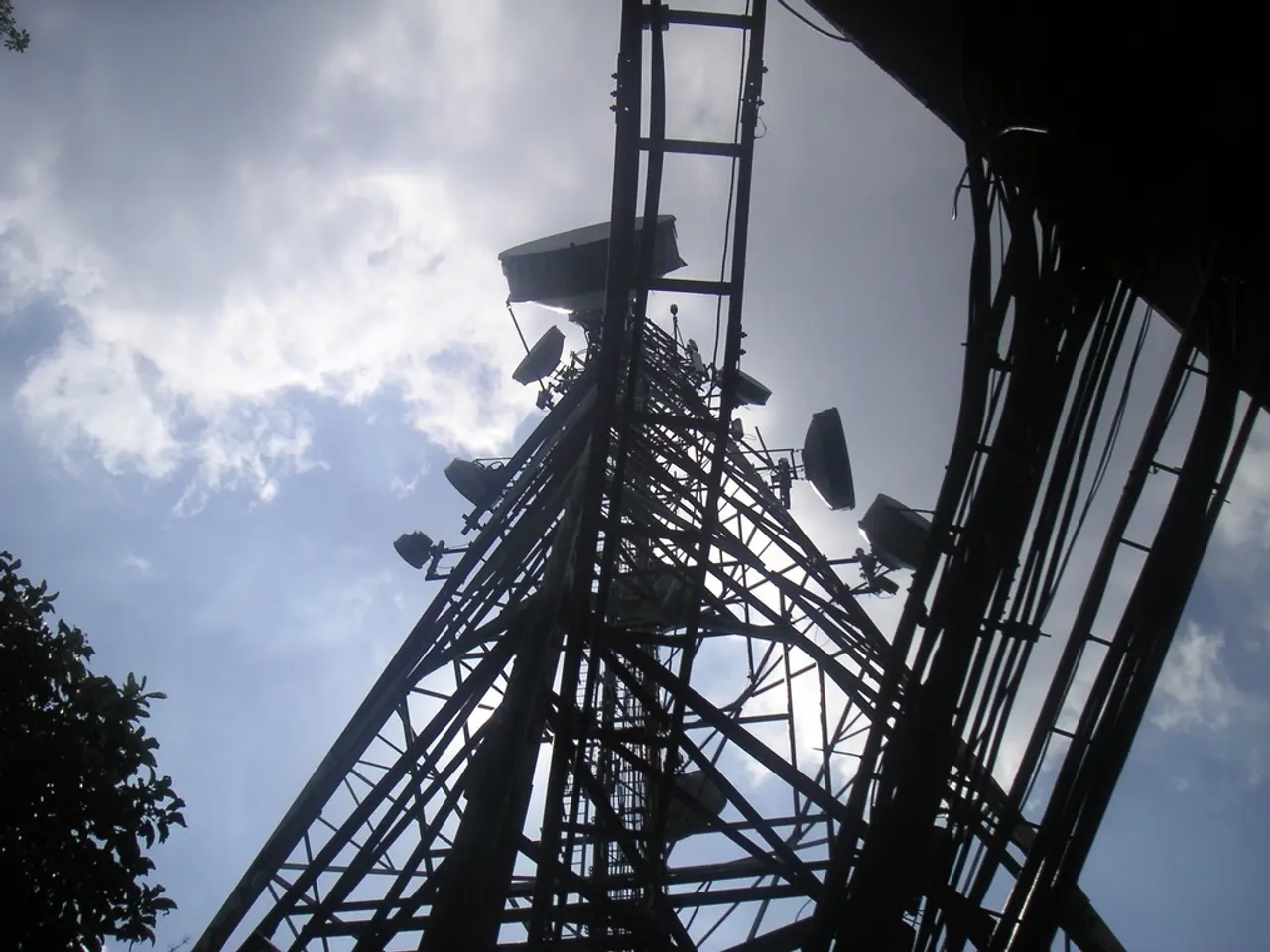Starlink's Approval in India Awaited: Optimism Persists Despite Pending Decision
**Starlink Set to Revolutionize India's Rural Internet Connectivity**
Starlink, Elon Musk's satellite internet service owned by SpaceX, is edging closer to offering its services in India, with the company securing a crucial Global Mobile Personal Communication by Satellite (GMPCS) license[1][2][3]. This license paves the way for high-speed broadband access in remote and rural areas of India, addressing the ongoing struggle of millions of Indians with patchy internet connectivity, despite the rollout of 5G services in urban areas.
While Starlink has made significant progress in obtaining regulatory approvals, it still needs to overcome infrastructure and security hurdles before launching commercial services in India. The company is yet to receive formal authorization from the Indian National Space Promotion and Authorisation Centre (IN-SPACe), and must build necessary ground infrastructure, including satellite gateways and a control center, and demonstrate compliance with security requirements before receiving security clearance[1][2].
Competition in India's satellite communication market is heating up, with Starlink facing competition from global players such as Eutelsat OneWeb, backed by Bharti Airtel, and local players like Jio Satellite Communications[1][2]. Amazon Kuiper is also awaiting approval, further intensifying the competition. The competitive landscape is heightened by strict data residency and interception norms, requiring each operator to demonstrate technical and security compliance before launching services[3].
Reliance Jio is also advancing with SES to trial satellite-based broadband, adding another layer of competition. SpaceX has incorporated a wholly owned subsidiary in India and is actively talking with various telecommunications companies to potentially announce a partnership.
If things go well, a limited commercial launch for Starlink could happen in early 2026. If approved, Starlink could drive innovations in telemedicine, education, and farming in India. The Broadband India Forum estimates that satellite internet could potentially add US$15 billion to India's GDP by 2030, bridging the digital divide and empowering citizens across the country.
The entry of Starlink into the Indian market is expected to be a game-changer, offering high-speed internet services at distances over 50 km, with speeds of up to 200 Mbps and a latency of about 20 milliseconds[4]. Over 5,000 pre-orders for Starlink have already been registered in India, demonstrating the high demand for reliable and fast internet connectivity.
However, India's complex telecommunications regulations are a key obstacle for Starlink, with the government requiring satellite operators to partner with local companies[5]. The DoT and IN-SPACe are yet to determine whether Starlink can meet its licensing and security requirements.
In conclusion, Starlink's entry into India's satellite communication market is an exciting development that could revolutionize internet connectivity in the country. While regulatory hurdles remain, the company is making steady progress towards offering its services, potentially bridging the digital divide and driving economic growth in India.
[1] https://www.livemint.com/technology/tech-news/starlink-in-talks-with-indian-telecom-cos-to-launch-services-in-country-11661434726578.html [2] https://www.bbc.com/news/business-61620030 [3] https://www.livemint.com/technology/tech-news/starlink-draft-agreement-with-india-s-space-agency-seen-as-key-to-launch-11646945608720.html [4] https://www.thehindu.com/sci-tech/technology/starlink-offers-high-speed-internet-at-distances-over-50-km/article39832003.ece [5] https://www.livemint.com/technology/tech-news/starlink-faces-regulatory-hurdles-in-india-11646396426700.html
- The innovative technology of Starlink, a satellite internet service by SpaceX, is poised to revolutionize the field of space-and-astronomy as it edges closer to offering its services in India.
- The introduction of Starlink in India's market could have significant implications for various sectors like science, education, and healthcare, as it promises to drive innovations and potentially bridge the digital divide.




